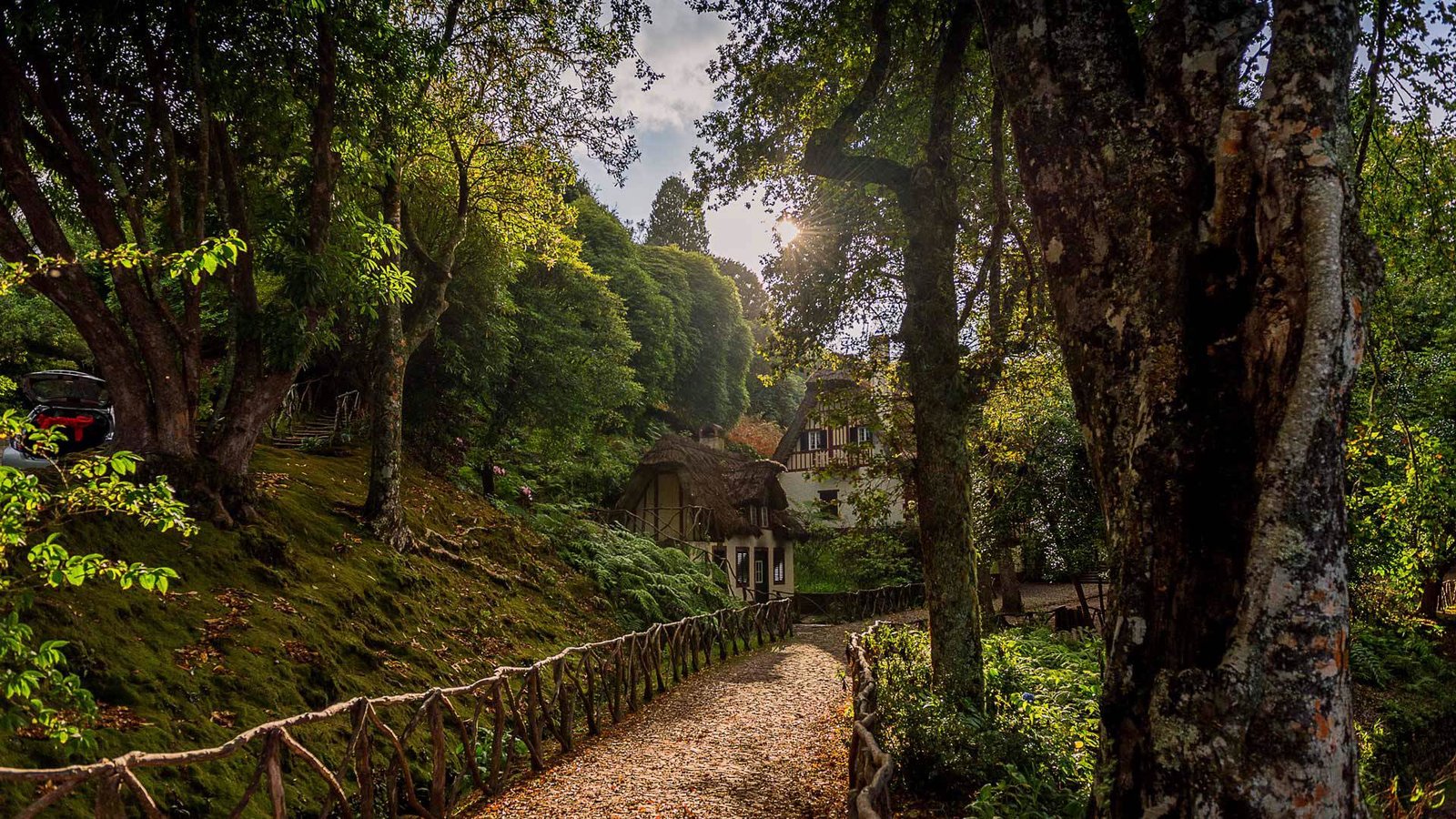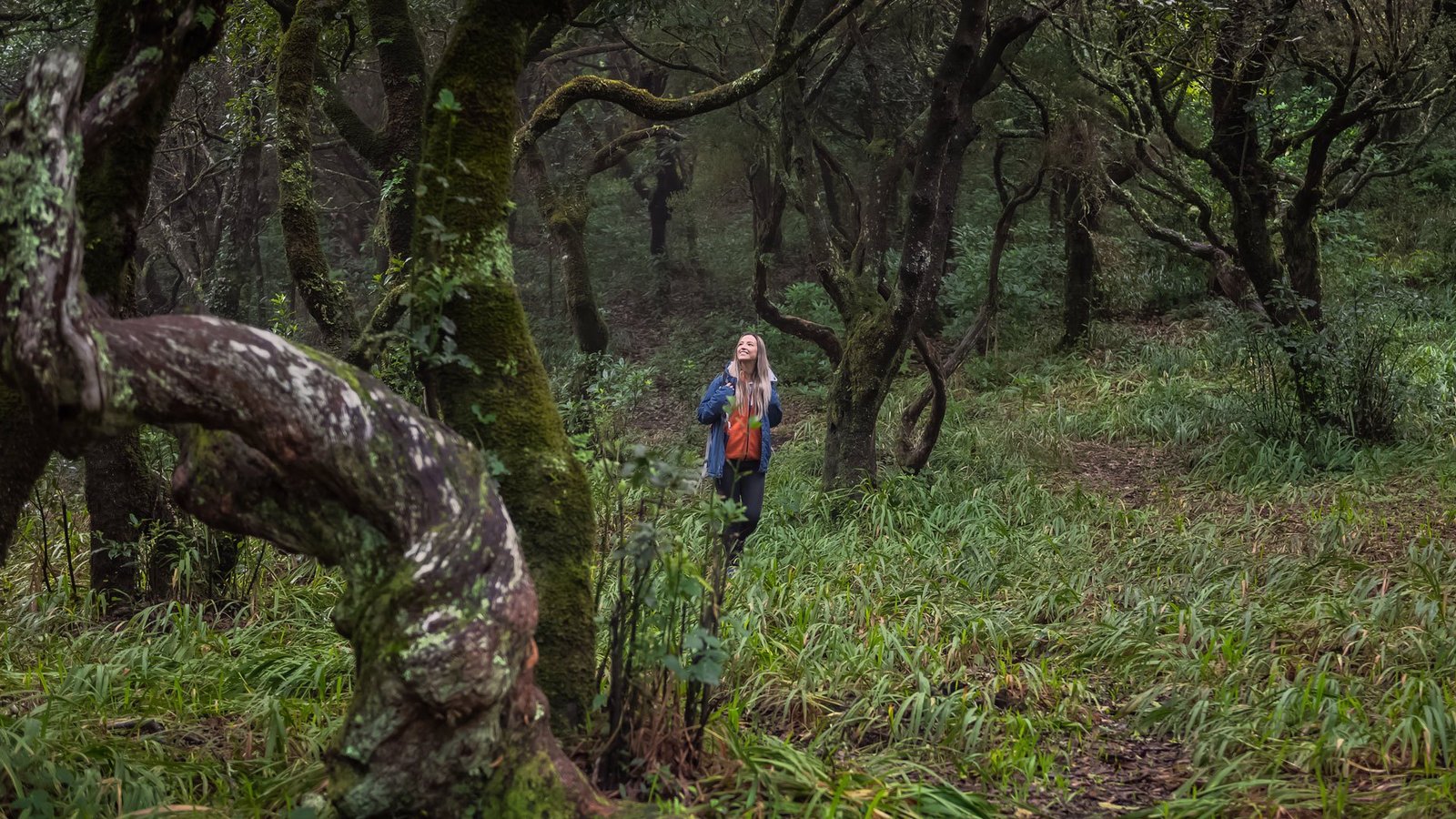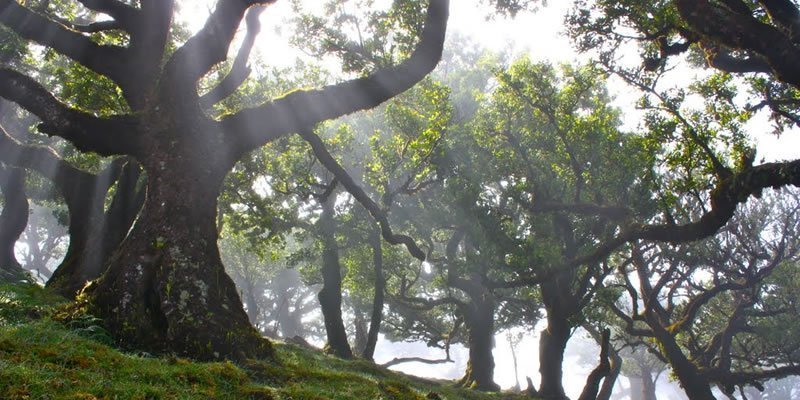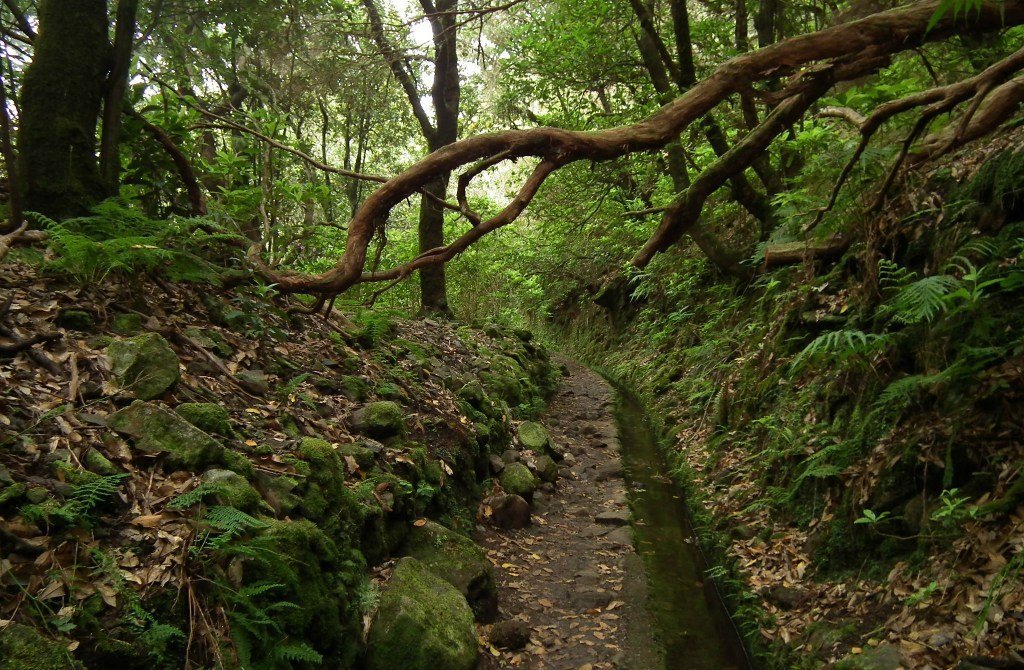In this article, we will explore the history, ecology, and significance of the Laurissilva of Madeira, as well as the efforts to preserve and protect this natural treasure.
The Laurissilva of Madeira is a unique forest ecosystem located on the Portuguese island of Madeira. It is considered one of the most important and well-preserved laurel forests in the world, with a rich biodiversity and a long history dating back millions of years.
History of the Laurissilva of Madeira
The Laurissilva of Madeira is a remnant of a once extensive forest that covered much of Southern Europe, northern Africa, and the Mediterranean Basin during the Tertiary period, some 20 to 30 million years ago. Due to the climatic changes that occurred during the Quaternary period, this forest gradually disappeared, leaving only a few small pockets in some Atlantic islands, including Madeira.
The Laurissilva of Madeira is estimated to be around 90% of the original forest that once covered the island, with an area of approximately 15,000 hectares. It is a unique ecosystem that has been declared a UNESCO World Heritage Site in 1999.

Ecology of the Laurissilva of Madeira
The Laurissilva of Madeira is a subtropical rainforest that is characterized by a mild and humid climate, with abundant rainfall throughout the year. The forest is dominated by laurel trees (Laurus novocanariensis), which can reach up to 40 meters in height, and are surrounded by a dense undergrowth of ferns, mosses, and other plants.
The Laurissilva of Madeira is home to a rich variety of flora and fauna, with many species that are endemic to the island. There are more than 150 species of flowering plants, including several orchid species, as well as ferns, lichens, and mosses. The forest is also home to several bird species, including the Madeira firecrest (Regulus madeirensis), the Madeira chaffinch (Fringilla coelebs maderensis), and the Trocaz pigeon (Columba trocaz), which is one of the largest pigeons in Europe.
In addition, the Laurissilva of Madeira is home to several endemic species of insects, spiders, and snails, as well as several species of bats and small mammals.

Significance of the Laurissilva of Madeira
The Laurissilva of Madeira is of great ecological, scientific, and cultural significance. It is an important site for scientific research, as it provides valuable insights into the evolution and adaptation of plant and animal species to changing environmental conditions.
The forest is also an important source of water and soil conservation, helping to regulate the hydrological cycle and prevent soil erosion. It is also a significant carbon sink, absorbing large amounts of carbon dioxide from the atmosphere and helping to mitigate the effects of climate change.
From a cultural perspective, the Laurissilva of Madeira has played an important role in the history and traditions of the island, providing resources for food, medicine, and building materials. The forest has also been the subject of many legends and myths, reflecting its deep cultural significance to the people of Madeira.

Preservation and Protection of the Laurissilva of Madeira
The Laurissilva of Madeira faces several threats, including human activities such as logging, agriculture, and urbanization, as well as natural disasters such as forest fires and landslides. In response to these threats, there have been efforts to preserve and protect the forest, both locally and internationally.
The Madeira Natural Park, which covers the Laurissilva of Madeira, was established in 1982 with the goal of protecting and managing the natural resources of the island. The park covers a total area of approximately 15,000 hectares, including the Laurissilva forest, as well as other ecosystems such as the coastal cliffs and marine environment.
The park is managed by the Regional Secretariat for the Environment, Natural Resources and Climate Change, which is responsible for the conservation, management, and sustainable use of the natural resources within the park. The park also provides educational and recreational opportunities for visitors, with several hiking trails, camping sites, and picnic areas available.
The Laurissilva of Madeira has also been recognized internationally for its importance as a natural and cultural heritage site. In addition to being declared a UNESCO World Heritage Site, it has also been included in the European Union’s Natura 2000 network, which aims to protect and conserve important natural habitats and species across Europe.
Furthermore, the Laurissilva of Madeira is also a priority site for conservation under the Global Strategy for Plant Conservation, which is an international effort to conserve and restore the world’s plant species and their habitats.
The Laurissilva of Madeira is a natural treasure that is of great ecological, scientific, and cultural significance. It is a unique ecosystem that is home to a rich diversity of flora and fauna, with many species that are endemic to the island.
Efforts to preserve and protect the Laurissilva of Madeira are essential to ensure its long-term survival and to maintain its ecological and cultural value for future generations. It is important for individuals, organizations, and governments to continue to support conservation efforts and sustainable use practices that promote the health and well-being of this natural treasure.

Comment (0)